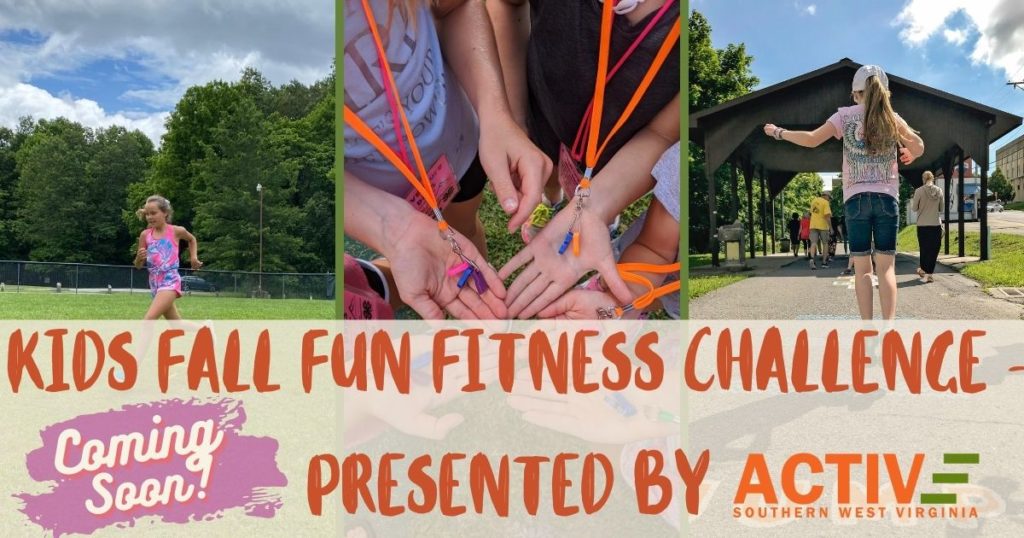
Lauren Weatherford, WVU Extension Agent, Fayette and Nicholas Counties
In-Season Healthy Foods
Choosing in-season locally grown foods are a great way to get the tastiest and most nutritious foods, often at lower prices, while supporting your local economy. Studies have shown that foods which ripen on the plant can have higher nutrient values than foods which are picked and ripen over longer delivery times. Locally produced seasonal foods often have more intense flavors and due to reduced shipping costs can often be cheaper when in-season. And if purchased by local growers you are lessening the environmental impact while supporting local businesses.
Here are some in-season foods for fall:
- Apples – many WV locally grown varieties are available
- Acorn squash
- Beets
- Broccoli
- Brussel sprouts
- Butternut squash
- Carrots
- Cabbage
- Cauliflower
- Cranberries
- Citrus fruits- grapefruit, oranges, lemons, limes, tangerines (while not local to WV, they are in-season)
- Kale
- Leeks
- Melons – late summer/early Fall local WV varieties available
- Mushrooms
- Parsnips
- Pears
- Peanuts
- Pumpkins
- Potatoes
- Spaghetti squash
- Sweet potatoes
- Turnips
- Walnuts
For healthy fall recipes click here.
For an easy to use guide to seasonal eating here is a link from the American Heart Association.
Healthy Virtual School Kids
Staying home and lots of screen time are requirements of virtual school. It’s important to keep kids healthy and active even during these times. Kids should have 60 minutes (or more) of movement daily. According to Harvard University regular physical activity and maintaining a healthy lifestyle are important ways to support a strong immune system, which is important in the era of COVID-19. Other benefits of exercise for children include:
- Improved cognitive function – focus, problem solving, memory skills
- It can also help with motivation
- Reduced risk of depression, a more positive outlook on life, less anxiety
- Improved weight status, aerobic ability and muscle strength
- Decreased behavioral issues
- Improved sleep
- Short-term digestion support
- Lessens lifelong risk of Type-2 Diabetes and heart disease
For more information on the benefits of physical activity in children see these articles;
Taking regular breaks can be a great way to help your kids stay healthy, active and focused.
Avoid eye fatigue by looking away from the screen for 20 seconds, focusing on something 20 feet away, every 20 minutes. This is known as the 20-20-20 rule. Movement and brain breaks are important for children’s focus, learning and well-being. When planning a daily schedule, work in regular breaks. As a general rule a 3-5 minute break is needed for elementary aged children for every 10-15 minutes of concentrated study, and every 20-30 minutes for middle and high school aged kids.
Brain breaks don’t mean we stop all of our efforts, simply taking a quick stretch, move to a different location, singing a song, work a puzzle, build Legos, or solve a riddle. Keeping your brain active is the key while giving everyone a chance to relax the focus for just a short time. It is NOT a good time to turn on the TV, get on social media, or play a computer game. You don’t want to completely turn off during these short breaks, but instead give your brain a chance to refresh. Choose this link for more information on brain breaks and virtual classroom learning– Edutopia.

Physical activity breaks can be anything that gets kids moving. Just a few ideas are:
- Dance time
- Freeze tag/or dance freeze
- Balloon volleyball
- Hula hoop
- Crab walk
- Broom hockey
- Maze or scavenger hunts all around the house – choose a theme and have them find something from that theme in every room. Or designate a route they must go through to find the items.
- Activity stations
- Found items game time – Gather everyday items like paper plates, spoons, bowls, left-over streamers or tape, cotton balls, or stuffed animals (and anything else you can think of). Tell the kids they have to create a game with a beginning, and end/win, and 2-3 rules. Set their creativity ablaze. You may have to help them the first or second time to get the idea, but once they get the hang of it they’ll be off and running.
There are lots of online resources with more ideas of indoor activity and movement. There are also some great apps to help remind everyone it’s break time. Here are some resources to get you started;
- Staying Healthy and Active with Virtual and At-Home Learning
- PE, Physical Activity and Play
- Indoor and At-Home Exercises for Kids
- GoNoodle
Apps to help you take breaks

Active SWV is developing a virtual Kids Fall Fun Fitness Challenge that you can do anywhere. This free 7 week challenge is set to launch at the end of September, and participants will get prizes for taking part.
Anyone may participate, whether you are part of an in-person Kids Run Cub or not.
Stay tuned for more information on challenges and registration info – coming soon!
Please contact India@activeswv.com with any questions.
In the meantime, you can try out Kids Run Club workouts from home. If your school isn’t having a Kids Run Club this fall but you still want to follow the structure and be active at home, you can! This online guide will help you put together fun weekly workouts until the virtual Active SWV Kids Fall Fun Fitness Challenge launches.

